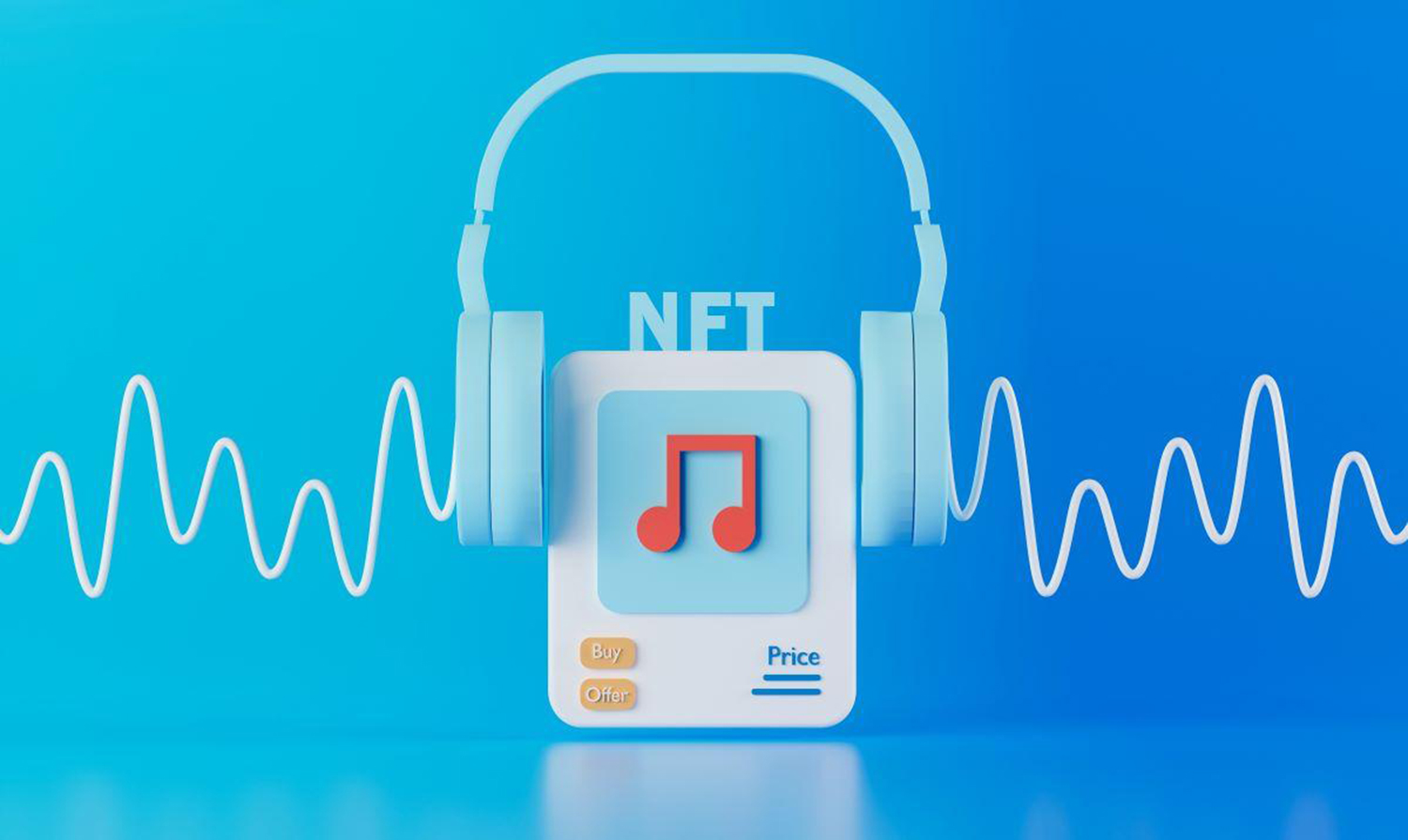Music charts have long been a reflection of how people consume music, evolving from physical sales to digital downloads and, most recently, to streaming dominance. However, as streaming reaches saturation and new technologies emerge, the future of music charts is bound to change. Industry experts and analysts predict that the next phase of music consumption will involve AI-curated experiences, blockchain-powered royalties, and fan-driven engagement metrics.
With platforms like TikTok, virtual concerts, and Web3 innovations redefining how people interact with music, traditional charting methods must adapt. Will billboard rankings still hold influence, or will new systems rise to measure music’s impact? Let’s explore four key ways music charts could evolve in a post-streaming terrain.
1. Rise of AI-Driven Popularity Metrics
Artificial intelligence is playing a growing role in music discovery, curation, and recommendation. With streaming services already using AI to suggest songs, future charts may rely on AI-driven metrics to rank music based on real-time listening habits, user engagement, and social sentiment analysis.
Instead of relying solely on streams, AI-driven charts could factor in listener retention, playlist inclusions, and emotional reactions captured through biometric data or interactive surveys. Additionally, AI could predict emerging trends based on global listening patterns, giving artists a new way to break into the mainstream. This shift would ensure that music charts reflect genuine popularity rather than just algorithmic playlist placements or passive listening.
2. Blockchain and Decentralized Charting Systems
With increasing concerns over transparency in the music industry, blockchain technology could revolutionize music charts by providing verifiable, tamper-proof data on song performance. Currently, streaming numbers can be manipulated, and chart calculations vary by platform, leading to inconsistencies in ranking methods.
A decentralized charting system using blockchain could create an immutable record of plays, purchases, and fan interactions, ensuring fairer rankings. Smart contracts could also redefine royalties, directly linking chart performance to artist compensation. As blockchain adoption grows, fans and artists may gain more control over how success is measured in the industry, leading to a more equitable music ecosystem.

3. Social Media and Fan Engagement as Key Metrics
Music is increasingly being driven by social media trends, with viral moments on platforms like TikTok, Instagram, and Twitter often determining a song’s success. Traditional streaming counts may no longer be the best measure of a song’s impact. Future music charts could prioritize engagement metrics such as shares, user-generated content, and remix culture to gauge a song’s real influence.
For example, TikTok challenges, reaction videos, and meme integrations could contribute to a song’s ranking. Platforms may even introduce voting systems or interactive charts that allow fans to have a more direct role in determining which songs climb the ranks. This model would create a more dynamic, community-driven way of recognizing hits, moving beyond passive listening statistics.

4. Integration of Virtual and Immersive Music Experiences
With the rise of virtual concerts, metaverse platforms, and interactive listening experiences, music consumption is becoming more immersive. Chart rankings could soon reflect not just traditional listening but also participation in virtual experiences, such as attending digital concerts, engaging in artist-driven metaverse spaces, or purchasing NFT-based music collectibles.
As technology advances, music charts may need to incorporate metrics like virtual ticket sales, fan interactions in digital spaces, and augmented reality experiences. These evolving factors could redefine how success is measured in the music industry, making charts more inclusive of new ways people engage with their favorite artists.


